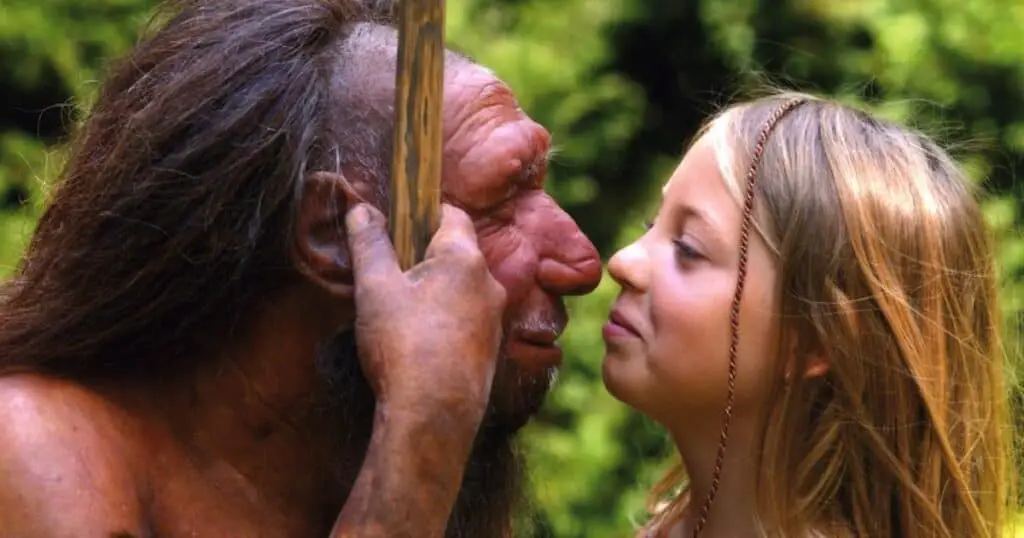
Much like their Neanderthal ancestors, those who rise early seem to have an evolutionary advantage.
Yes, you read it correctly: recent research proposes a genetic connection between individuals who have a preference for going to bed early and waking up early and the extinct archaic human species.
The University of California in San Francisco conducted a study, published on December 14 in the journal Genome Biology and Evolution, which analyzed genes associated with early rising in contemporary individuals and compared them with the DNA of Neanderthals and Denisovans to identify potential patterns.
Recent findings indicate that individuals who have a tendency to go to bed early and wake up early may share genetic similarities with Neanderthals.
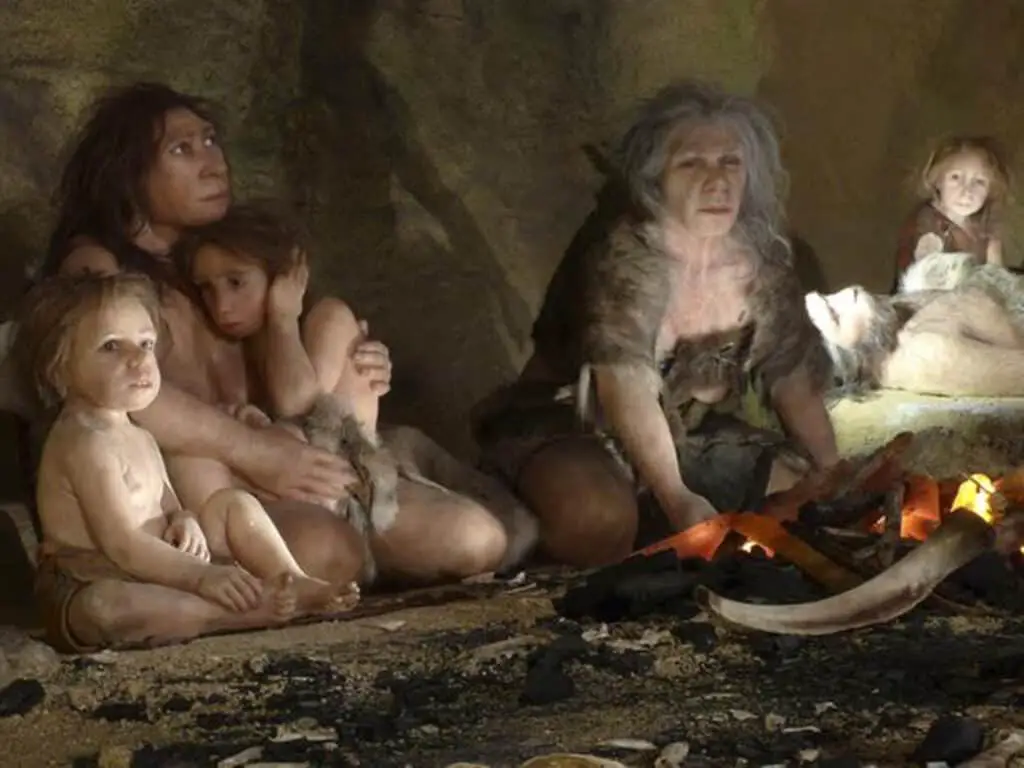
Similar to the Neanderthals, the Denisovans represent an extinct subspecies of archaic humans that existed during the Lower and Middle Paleolithic periods.
Utilizing a UK-based database containing genetic, health, and lifestyle data from approximately half a million individuals, the study discovered that those possessing early-rising genetic variants akin to Neanderthals tended to self-report a preference for waking up early, as reported by the Independent.
An evolutionary geneticist remarked, “We’ve identified numerous Neanderthal variants that consistently correlate with a tendency to be a morning person.”
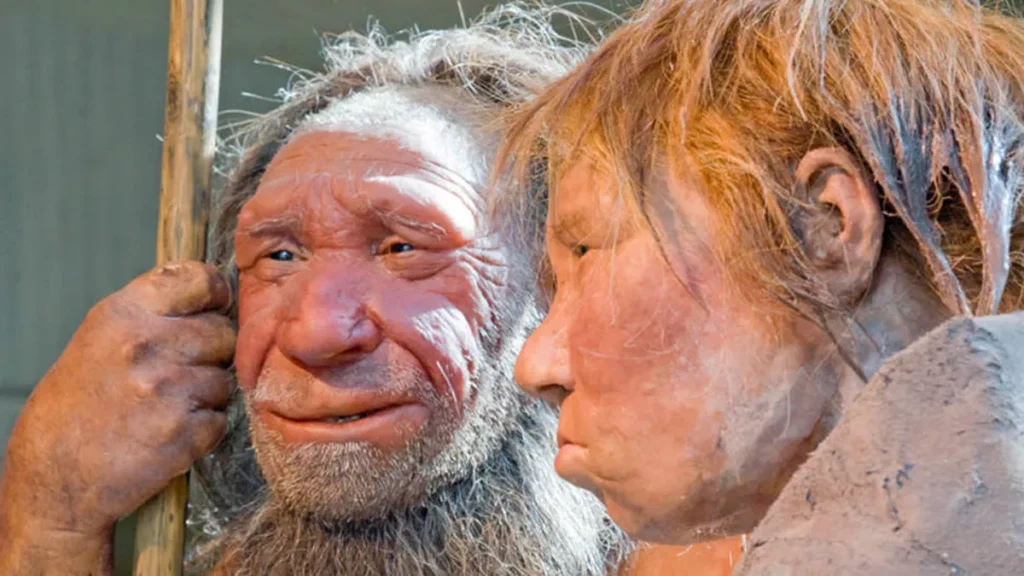
Tony Capra, an evolutionary geneticist at the University of California, San Francisco, stated, “We’ve identified numerous Neanderthal variants that consistently correlate with a propensity for being a morning person.”
He elaborated, suggesting that many contemporary humans likely possess the Neanderthal gene due to its role in assisting their ancestors in adapting to life at higher latitudes in northern Europe.
Tony clarified, saying, “We don’t believe that being a morning person was the direct benefit. Instead, we think it indicates having a faster biological clock that is more adept at adapting to seasonal variations in light levels.”
There is some indication that Neanderthal DNA might have a modest impact on influencing the progression of Covid-19 infection.
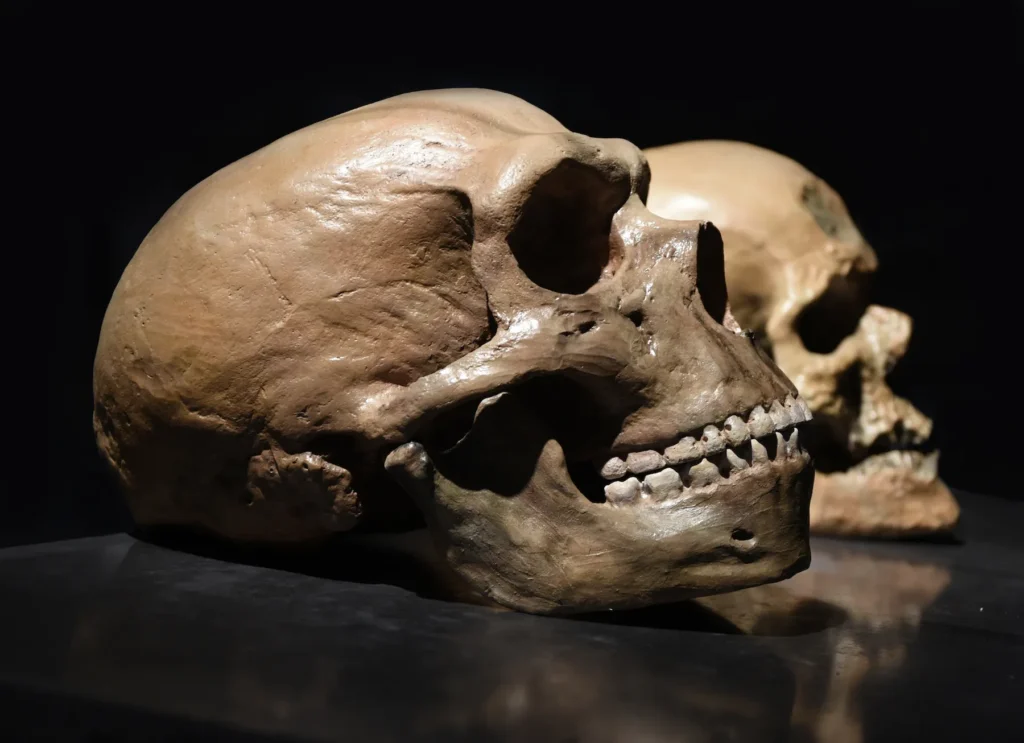
In regions with higher latitudes, having a more adaptable and flexible biological clock is advantageous to better align with the fluctuating seasonal light levels.
Professor Mark Maslin from University College London, not part of the study, informed The Guardian, “Now we have genetic evidence that some of us are genuinely inclined to be morning people.”
“When humans evolved in tropical Africa, the day lengths were on average 12 hours long. Now hunter-gatherers spend only 30% of their awake time collecting food, so 12 hours is loads of time.
Researchers have been examining the genetic distinctions between archaic and contemporary humans since 2010.
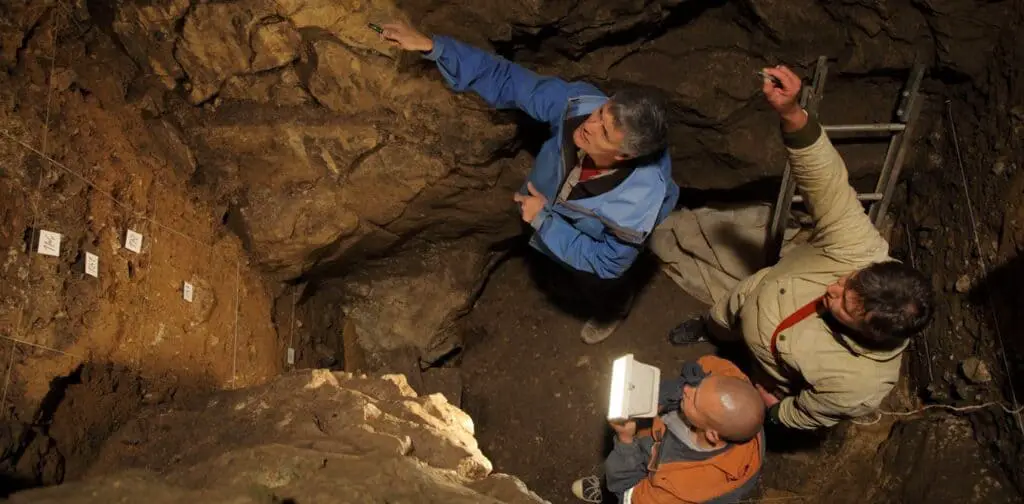
“As you move northward, the days become progressively shorter during winter when food is scarce. Consequently, it is logical for Neanderthals and humans to initiate food gathering at the earliest sign of light.”
Researchers have been investigating the genetic distinctions between archaic and contemporary humans since 2010, coinciding with the first-time sequencing of the Neanderthal genome, as reported by CNN.
In that same year, the sequencing of ancient DNA from a fossil unveiled the Denisovans, a group previously undiscovered, as reported by the American broadcaster.
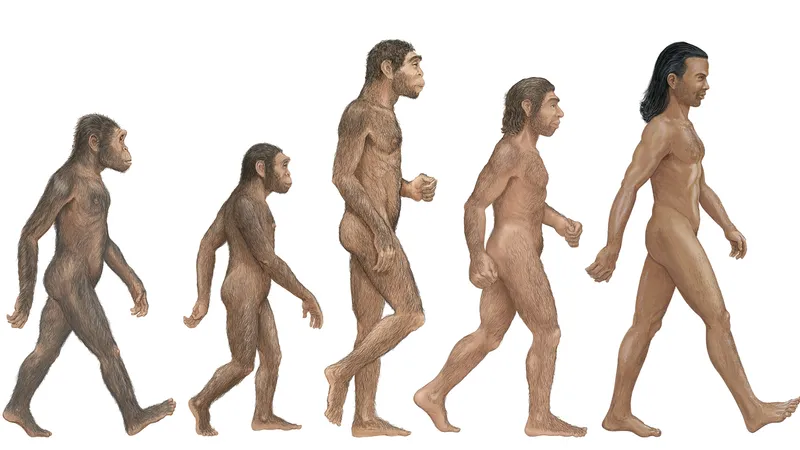
Furthermore, recent research suggests that Neanderthal DNA may have a minor impact on influencing the progression of Covid-19 infection. A study published in June also highlighted a connection between Neanderthal DNA and Dupuytren’s disease, characterized by abnormal tissue thickening in the hand.
Neanderthals populated Europe and Asia for over 350,000 years until, in an abrupt departure from evolutionary norms, they vanished around 40,000 years ago. This coincided with the emergence of anatomically modern humans, Homo sapiens, from Africa.
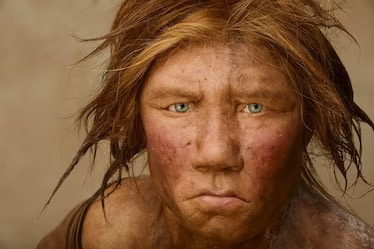
As per Science Focus, the extinction timeline of the Denisovans remains uncertain, and limited DNA evidence even raises the possibility that they may have persisted in New Guinea or its adjacent islands until 15,000-30,000 years ago.
🌟 Stay In the Loop with Journal Perspective! 🌟
📚 Dive into a world of insights, stories, and perspectives at Journal Perspective! We’re your go-to source for thought-provoking content and captivating narratives. Don’t miss out on the latest trends, tips, and tales that we curate just for you.
✨ Follow Us for a Daily Dose of Perspective:
👉 Facebook: Connect with us on Facebook for engaging discussions and updates. [Follow Now]
👉 Twitter: Join the conversation on Twitter—where tweets turn into meaningful dialogues. [Follow Now]
👉 Instagram: Get a visual sneak peek into our world. Follow us on Instagram for behind-the-scenes and stunning visuals. [Follow Now]
👉 LinkedIn: For the professionals and the intellectuals, follow us on LinkedIn for career insights and industry updates. [Follow Now]
🚀 Subscribe to Our Newsletter:
Don’t want to miss a thing? Subscribe to our newsletter for a curated roundup delivered straight to your inbox. [Subscribe Now]
🔗 Explore Our Website:
Uncover a treasure trove of articles, stories, and perspectives on our website.
🌐 Connect with us and be part of the Journal Perspective community. Together, let’s explore the world through a different lens! 🌐

